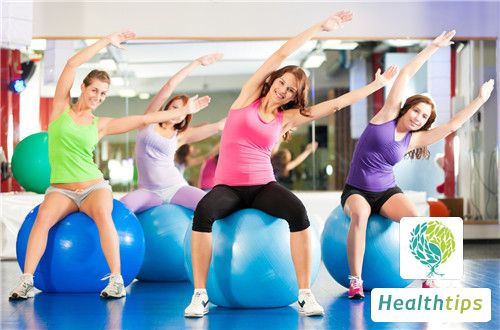"How Can Lung Function Be Effectively Managed and Enhanced?"
Improving Lung Function: Essential Exercises and Techniques
The lungs are vital respiratory organs in humans, and impaired lung function can lead to dyspnea (difficulty breathing). Therefore, it is crucial to address weakened lung function through appropriate conditioning. How can we achieve this? Enhancing lung function necessitates regular exercises, such as comprehensive respiratory gymnastics and abdominal breathing. Let's delve into some effective methods to improve lung function.I. Abdominal Breathing
1. Exercise Principle: When lung function is compromised, breathing primarily becomes thoracic (chest-based), which is shallow and short, failing to ensure efficient lung ventilation and easily leading to respiratory muscle fatigue. Abdominal breathing, however, strengthens the diaphragm, enhances coordination between the diaphragm and abdominal muscles during respiration, and alleviates dyspnea.

2. Training Method: Start in a supine, semi-recumbent, or seated position. Place one hand on your abdomen and the other on your upper chest, relaxing all muscles and breathing calmly. As you inhale, focus on moving your upper abdomen while keeping your chest still. Practice twice daily for 10-15 minutes each session. Once proficient, you can add a 0.5-1 kg sandbag or book on your abdomen to increase resistance and extend your training duration and frequency.
II. Pursed-Lip Breathing
1. Exercise Principle: Pursed-lip breathing involves exhaling through pursed lips to increase airway resistance. This resistance transmits to the bronchi, maintaining tension within them, raising intrathoracic pressure, and facilitating the expulsion of air from the lungs.
2. Training Method: Choose a standing, seated, or lying position based on your physical condition. Purse your lips into a "fish-mouth" shape, adjusting the tightness to a comfortable level. Then, exhale slowly through your pursed lips, aiming for a gentle breath that can tilt but not extinguish a candle placed 15-20 cm away. Close your mouth, inhale through your nose while expanding your abdomen (keeping your chest still), and maintain a 2:1 or 3:1 ratio of exhalation to inhalation time. Practice twice daily for 10-20 minutes, with 7-8 breaths per minute, preferably on an empty stomach. Pairing this with abdominal breathing is optimal.
III. Comprehensive Respiratory Gymnastics
Comprehensive respiratory gymnastics build upon abdominal breathing, incorporating chest expansion, bending, squatting, and other movements to further enhance lung function and increase physical stamina.
Training Method: Start in a lying, seated, or standing position, following these steps:
Section 1: Normal Breathing - Stand upright with relaxed muscles, inhaling through your nose and exhaling through your mouth. Practice deep, complete exhalations followed by natural inhalations, maintaining a 2:1 or 3:1 ratio of exhalation to inhalation time, aiming for no dizziness and a respiratory rate of approximately 16 minutes per session.
Section 2: Abdominal Breathing - Stand upright, placing one hand on your chest and the other on your abdomen. As you inhale, expand your abdomen while keeping your chest still. Upon exhalation, slowly contract your abdominal muscles to increase intra-abdominal pressure, facilitating diaphragmatic elevation and slow, controlled exhalation. Maintain a rhythmic breathing pattern.
Section 3: Dynamic Breathing - As you inhale and exhale, lower and raise your arms.
Section 4: Hugging Breathing - Stand upright, crossing your arms over your chest and pressing gently. Lean forward to exhale, gradually raising your arms as you inhale to expand your chest.



















